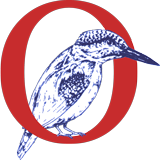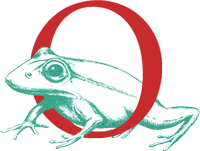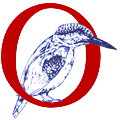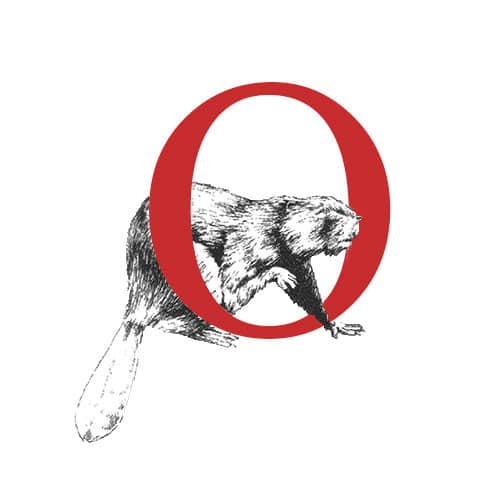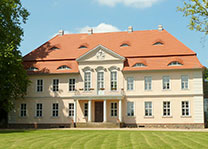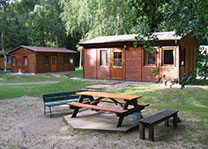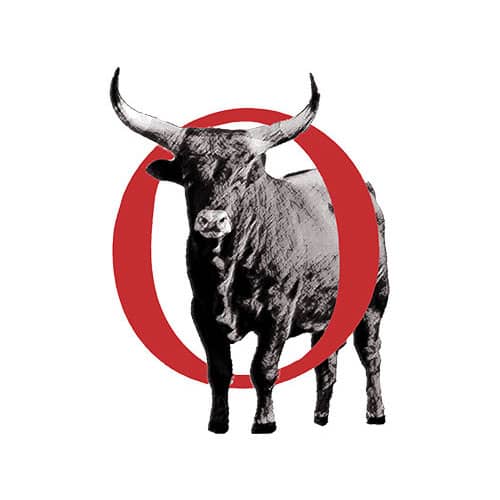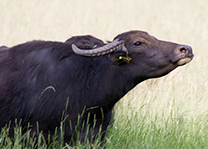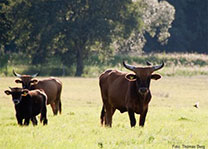The bison return (05.06.2012)
After the reintroduction of the backbred aurochs and the backbred western wild horse in the Lower Oder Valley, the last, not yet eradicated European wild cattle, namely the European bison ( Bison bonasus ) back to the Lower Oder Valley National Park. While the aurochs and the western wild horse were exterminated by humans in historical times and are now being gradually reconstructed from their original forms, a few wild bison remained alive and became ancestral forms of the bison, which is widespread again today. These rustic wild cattle roamed through the Lower Oder Valley when there were no people, no state of Brandenburg and no national park. They have been at home here since time immemorial and belong here. Now you are finally coming back, for security reasons, of course, secured by a sturdy fence.
A previously unproductive agricultural steppe next to the Criewener parking lot, previously an investment ruin, was used as a location for the bison, surrounded by the near-natural forests of the only floodplain national park in Germany. Although the bison enclosure is easy to reach for the visitors, it is not a display enclosure, but a project of species conservation and nature protection, but at the same time also an additional economic pillar for the Berkholzer Agrargenossenschaft, which has a lot of experience in cattle farming and wants to diversify their farm. The National Park Foundation Unteres Odertal supports this fruitful connection between nature conservation and agriculture to the best of its ability, but the responsibility for keeping bison rests with the experienced cattle breeders from Berkholz.
The four young bisons (2 males, 2 females) come from the Tierpark and the Berlin Zoo. Collectively, these zoos with the most species in the world have been partners of the National Park Foundation for 17 years, which has always paid off, in the excursion program and in bison breeding. The combination of zoological gardens and national parks is sensible and forward-looking.
The four bisons will have a lot of space. A total of 13 hectares of meadows are available to them, more than they need. The green areas will quickly turn into wild pastures and leave room for the young.
The permanent fence was developed in collaboration with Sielmanns Naturlandschaften in Döberitzer Heide, the second partner of the National Park Foundation for the bison project. Although the fence keeps the bison from visiting the neighboring village of Criewen, it does not cut up the landscape. Several passages allow all other wild animals in the forest and field to enter and exit unhindered. The bison willow integrates itself organically into the surrounding national park forests. The gate is only a barrier for the bison themselves. In addition, numerous trees were planted to give shade to the bison, which lived in the forest and in the open countryside.
Dr. Ansgar Vössing
board of directors
